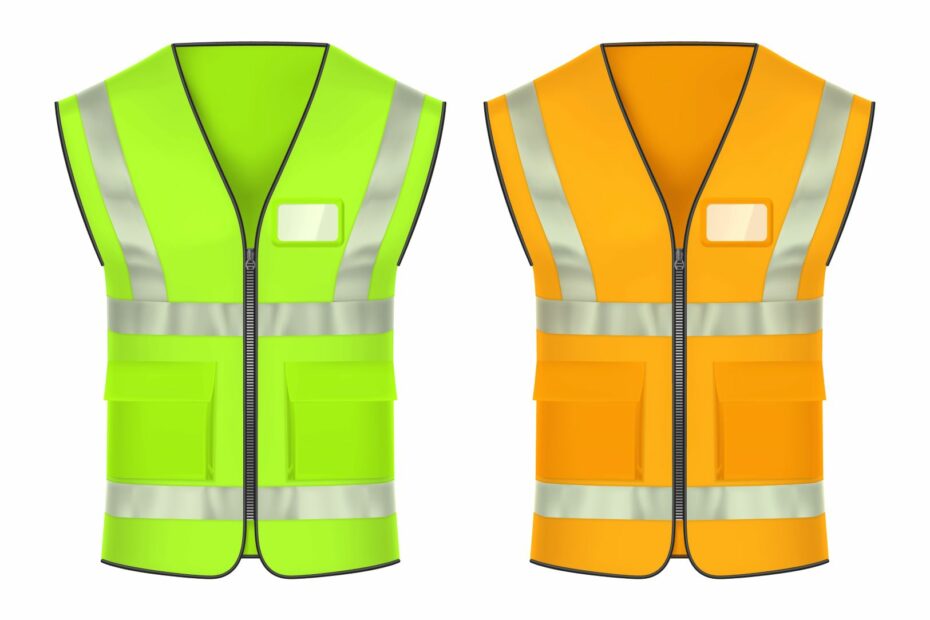Some work environments call for high visibility clothing to ensure OSHA’s General Duty Clause which states that employers must provide a workplace free from recognized hazards that are causing or likely to cause death or serious physical harm. High Visibility Clothing standards are also written by the American National Standard Institute (ANSI). Construction, maintenance, utility, emergency responders, airport personnel (ramp), warehouse workers and several categories of off-road workers are routinely exposed to potential injury hazards from their low visibility while on the job.
ANSI 107 provides guidelines for the selection and use of high-visibility safety apparel (HVSA) including shirts, rainwear, outerwear and safety vests to assist worker visibility during the day, in low-light conditions, and at night.
There are different types or classes of high visibility apparel and it’s important to select the appropriate clothing for the job or task.
ANSI establishes 4 classes of high-visibility safety clothing that provides daytime and nighttime visual conspicuity enhancement for workers:
- Class 1
- Class 2
- Class 3
- Class E
Class 1 apparel tends to blend in with the work environment instead of drawing attention to workers and is intended for workers whose tasks don’t divert their attention from approaching traffic. It is also intended for locations where the worker is separated from traffic that is not faster than 25 MPH.
Class 2 apparel is required as a minimum for all employees who work on a Federal-aid highway who are exposed either to traffic or to construction equipment within the work area. Class 2 Apparel is intended for workers who work near traffic in excess of 25 MPH.
Class 3 apparel should be worn when conditions include highly congested areas, complex lane shifts, or complex work zones. Class 3 Apparel provides maximum visibility for workers who perform tasks that place them in imminent danger from approaching traffic.
Class E Garments do not meet ANSI safety requirements when worn alone but when worn with a class 2 or 3 garment, the overall ensemble meets a class 3 standard. Class E includes garments with legs, including gaiters.
Regulations
When selecting the correct high visibility garment consider federal regulations as well as state and local regulations. The federal regulations require all workers to wear high-visibility safety apparel that meets Performance Class 2 or Class 3 of the ANSI/ISEA 107 within the right-of-way of a Federal-aid highway and/or who are exposed to either traffic or to construction equipment.
Employers must meet federal requirements at a minimum. However, state and local regulations may exceed federal requirements.
Other considerations when selecting high visibility clothing are
- Optimum visibility – this includes daytime, low-light, and nighttime conditions in a variety of work environments
- Colors – should contrast with the work environment so workers can be easily seen
- Type of job – the worker’s ability to perform job duties and other site-specific conditions
- Worker comfort – during job performance
Care and maintenance
Just like any other personal protective equipment, high visibility clothing should be cared for and maintained in good working order. Inspect the apparel routinely for fading, wear and tear, and/or any other defects that reduce the effectiveness of the apparel. Make sure the clothing is marked with the appropriate ANSI/ISEA performance classes.
Of course, these are just some key pointers to keep in mind. If you need a full comprehensive training on this topic try checking out our in-house DIY training kit or online training.
We can be reached at 866-627-3850 or email us at sales@jjsafetyllc.com to learn more.
